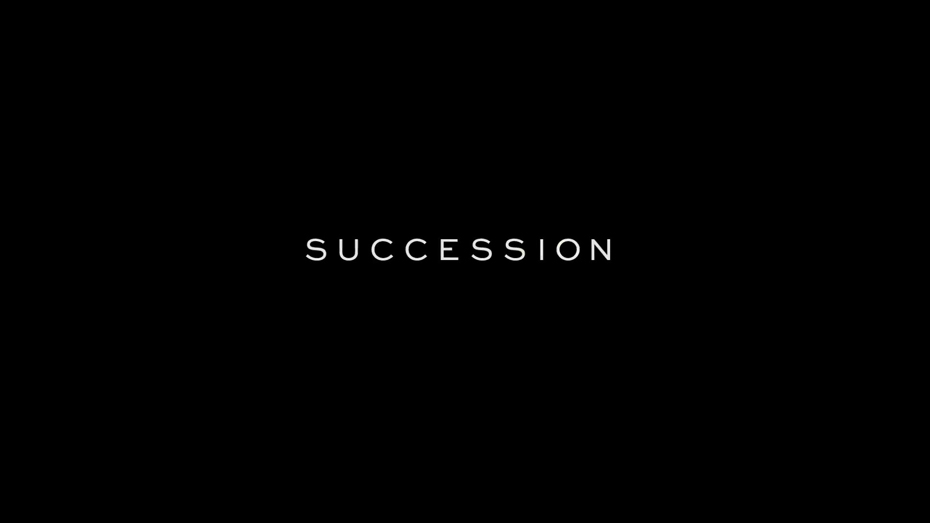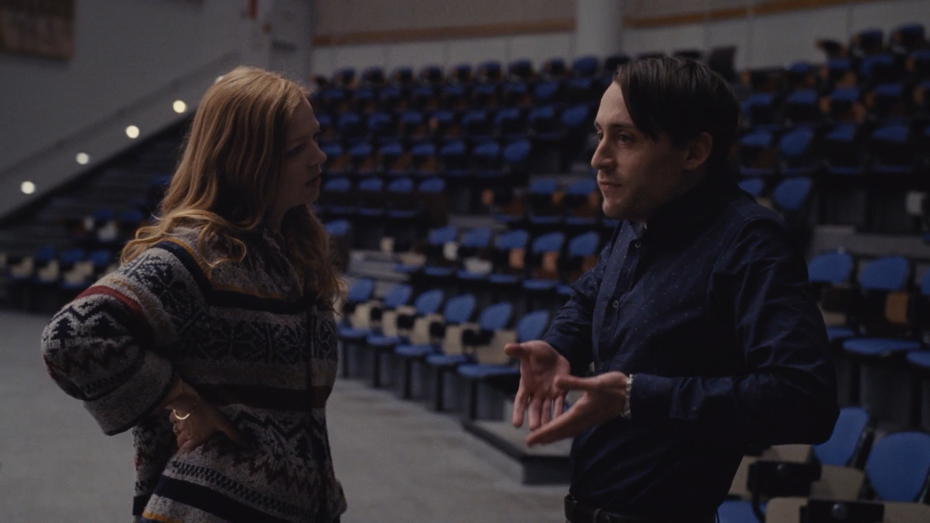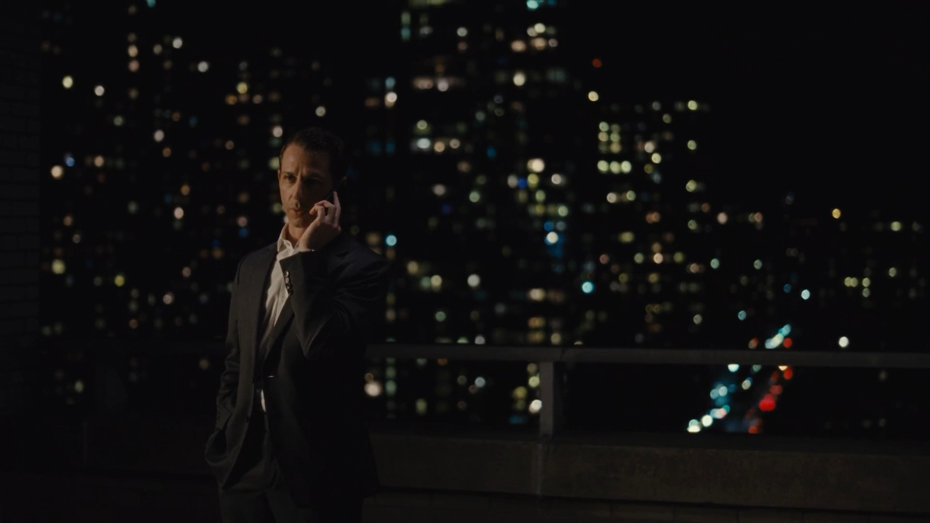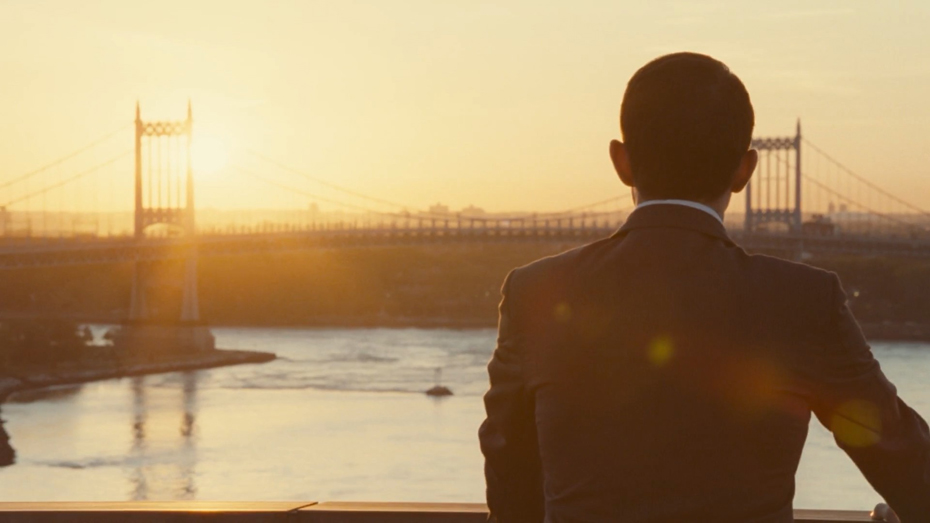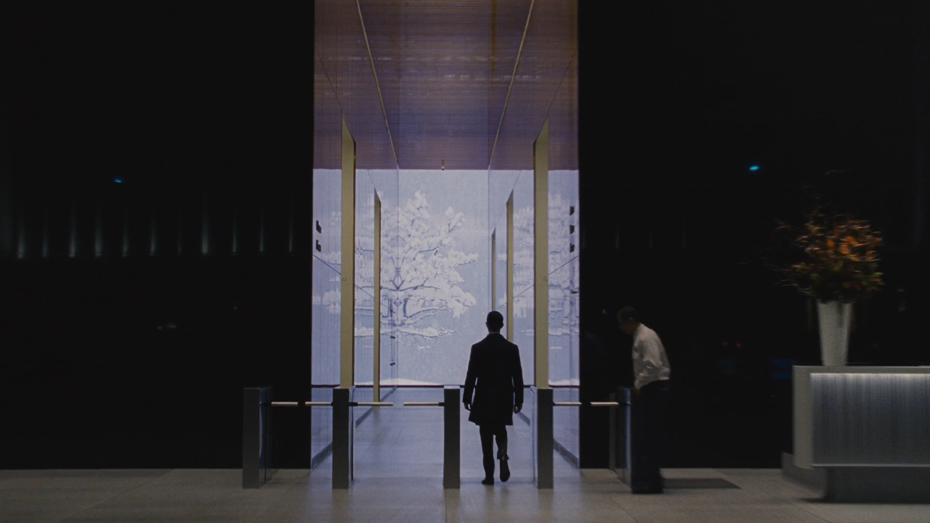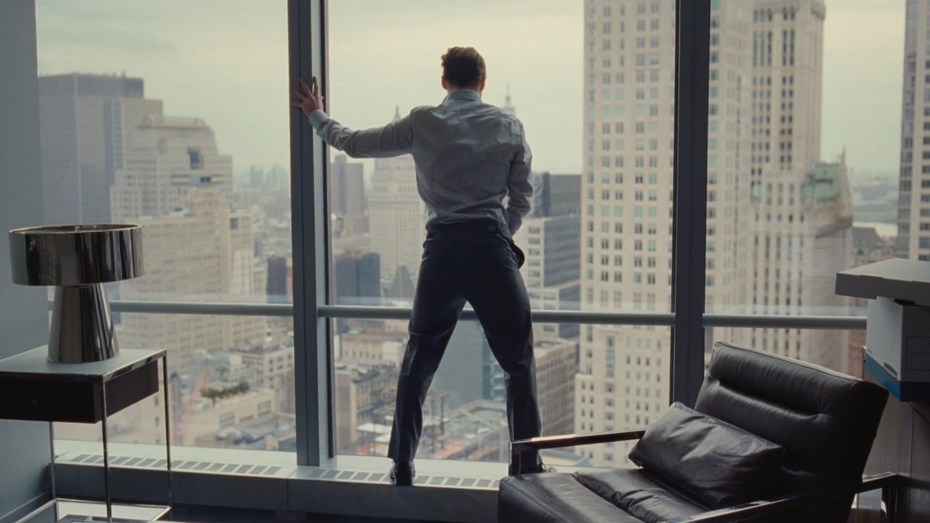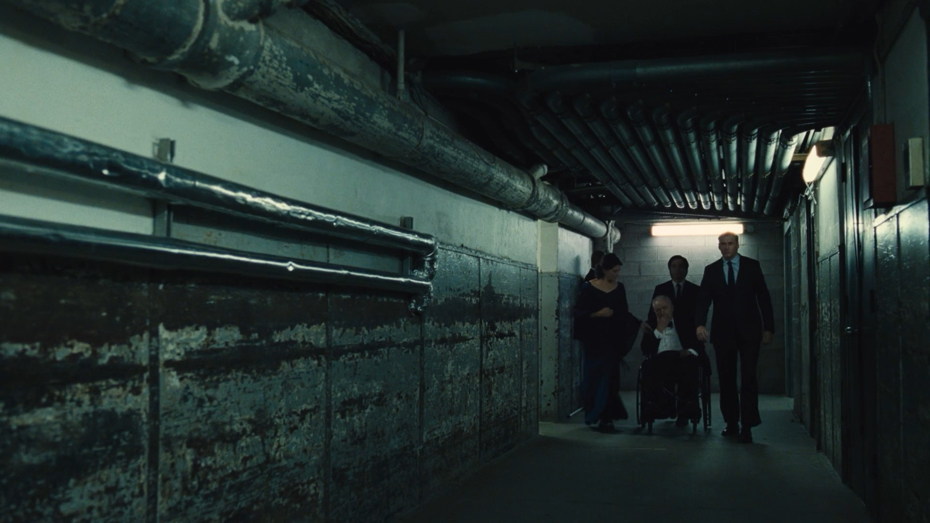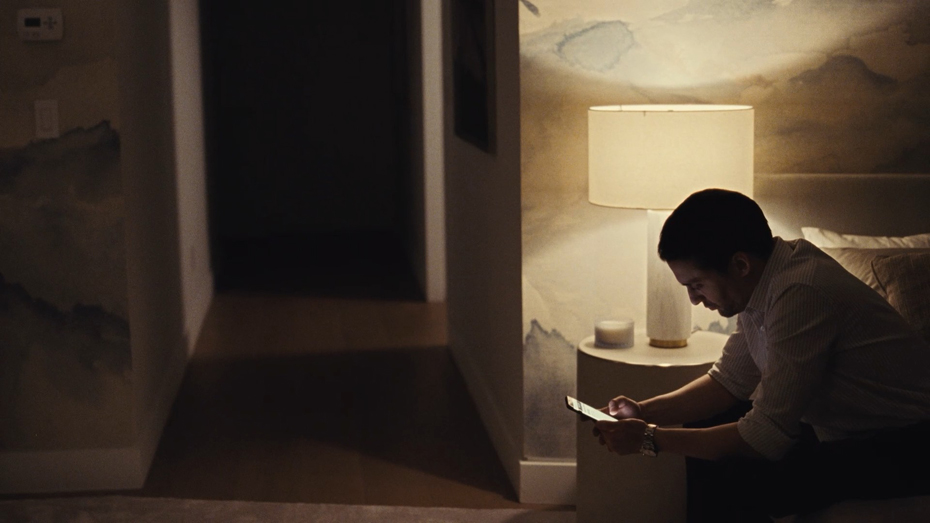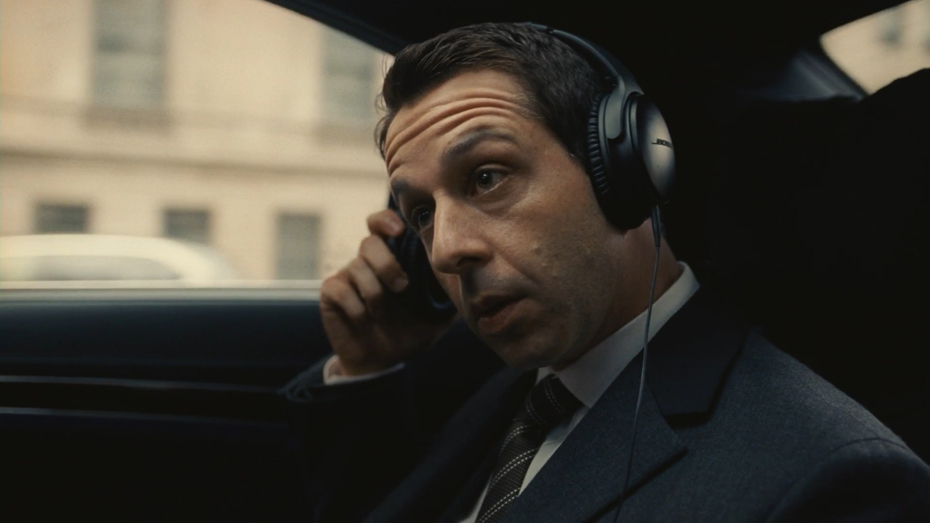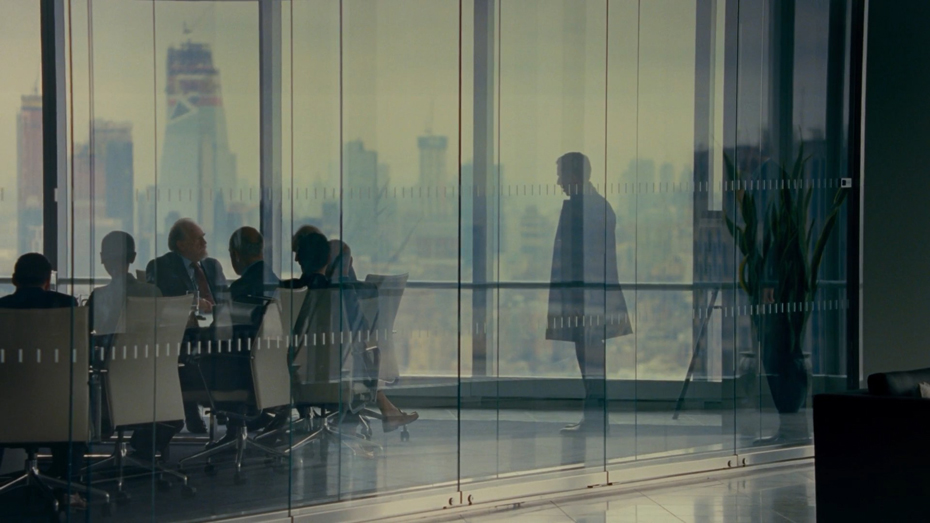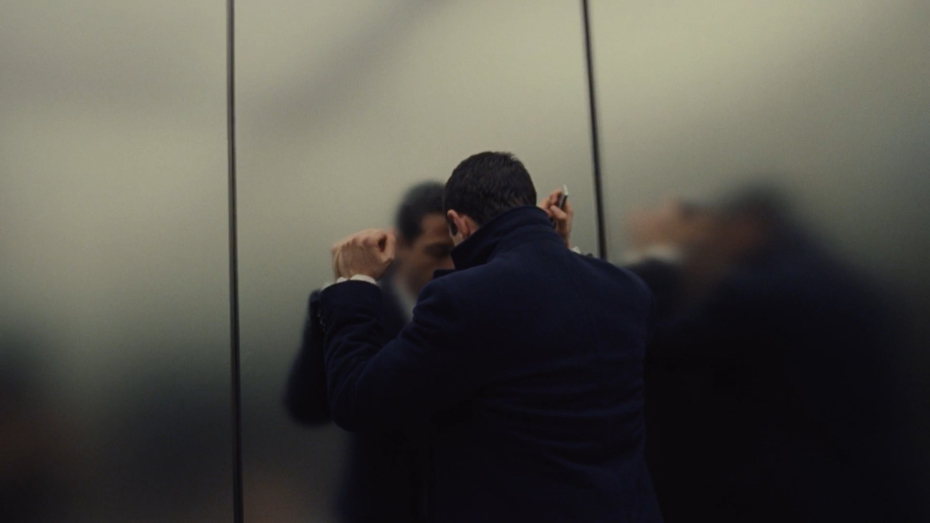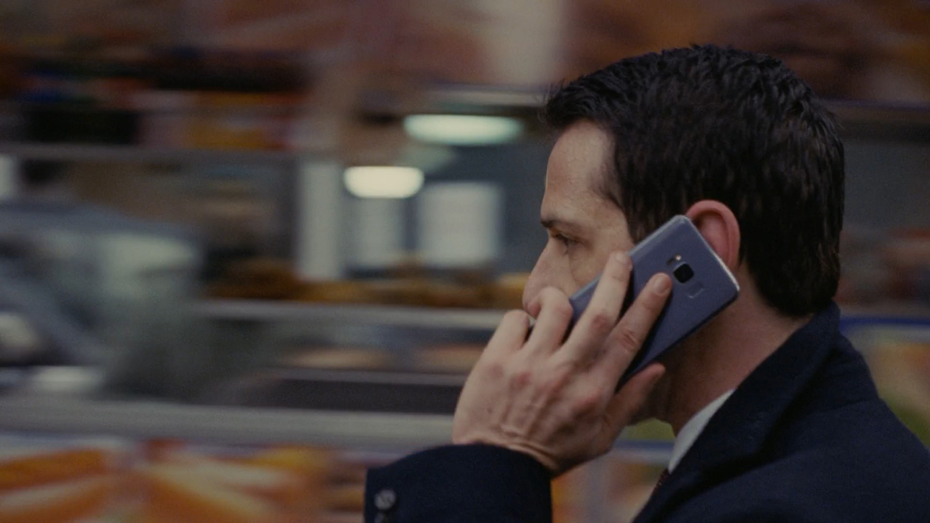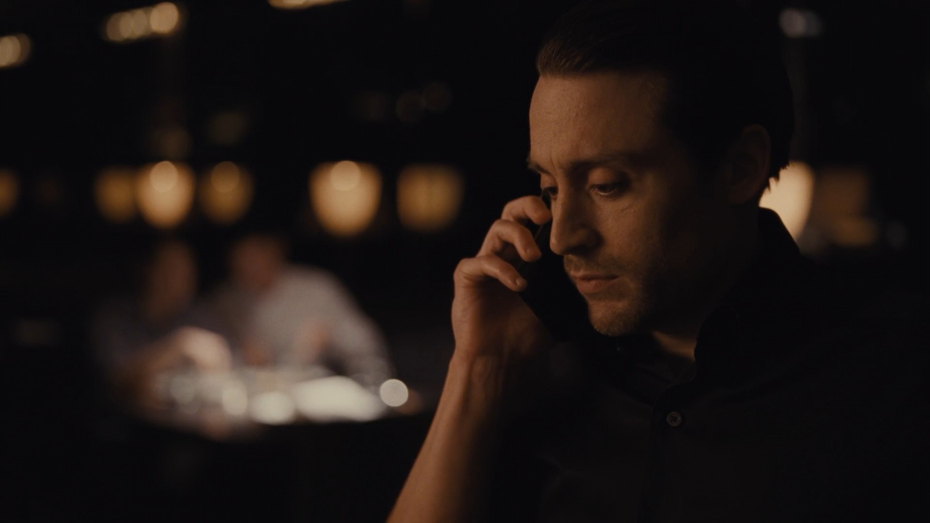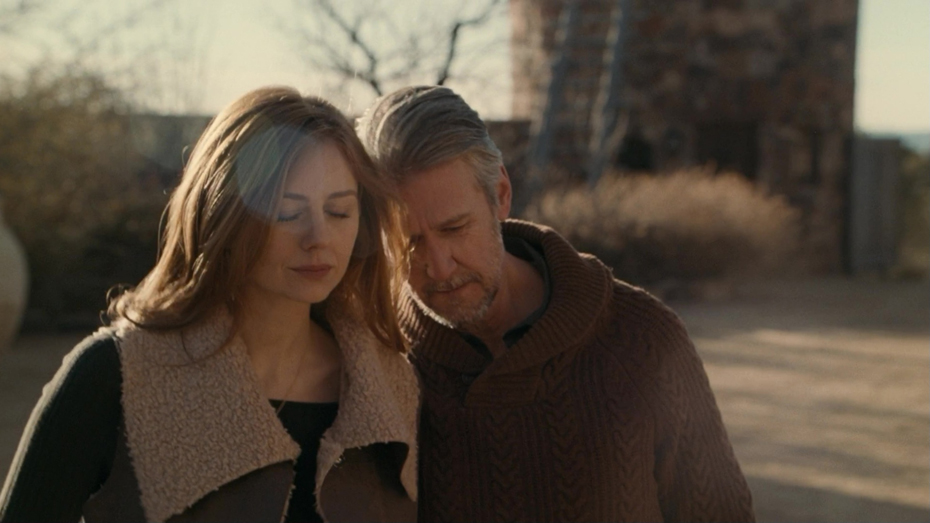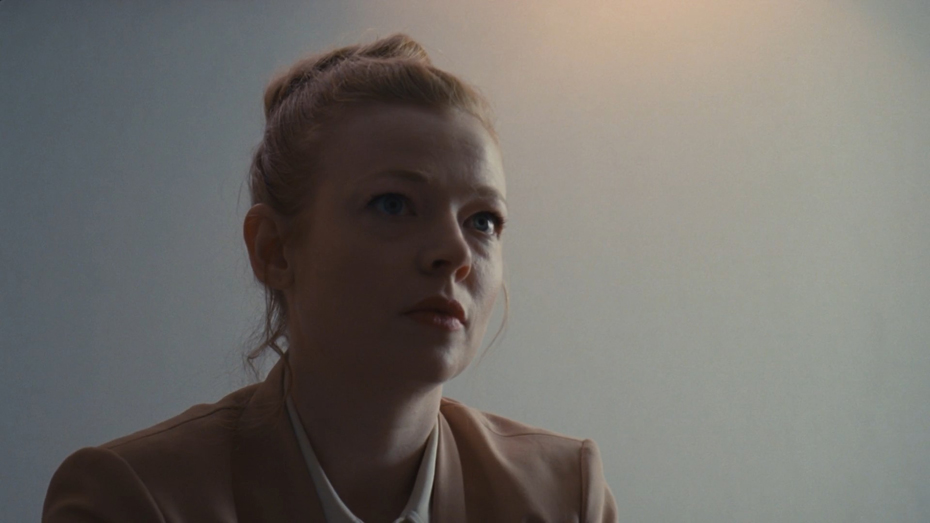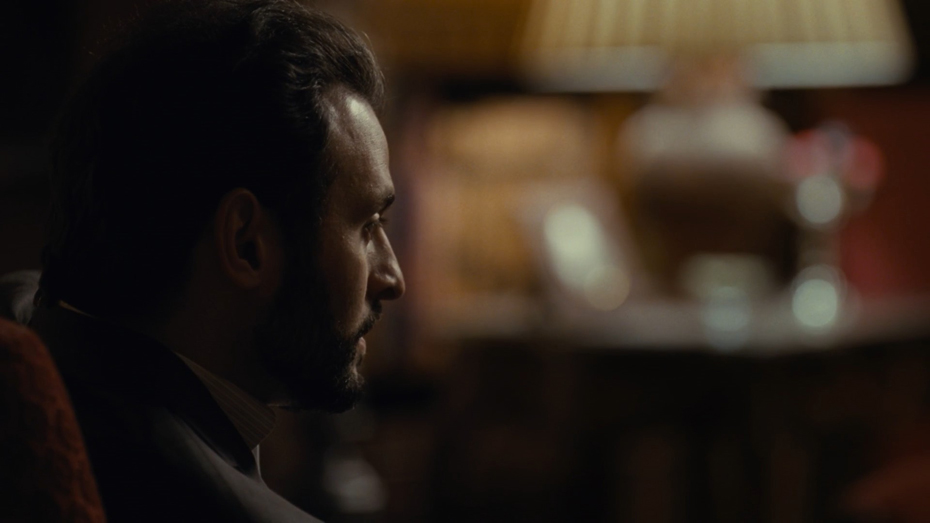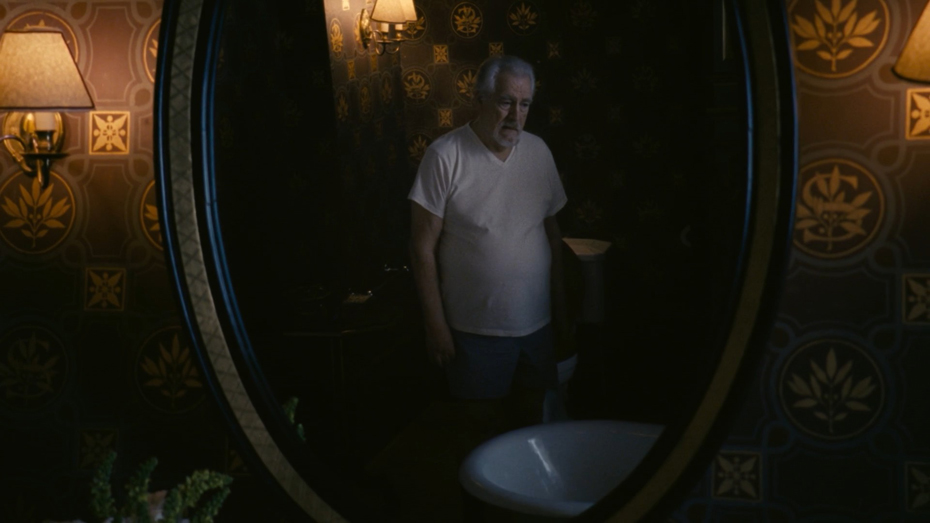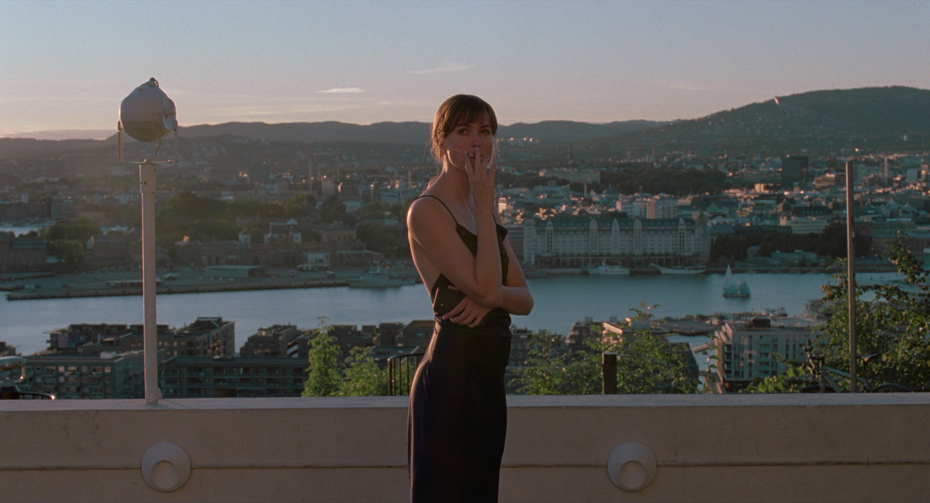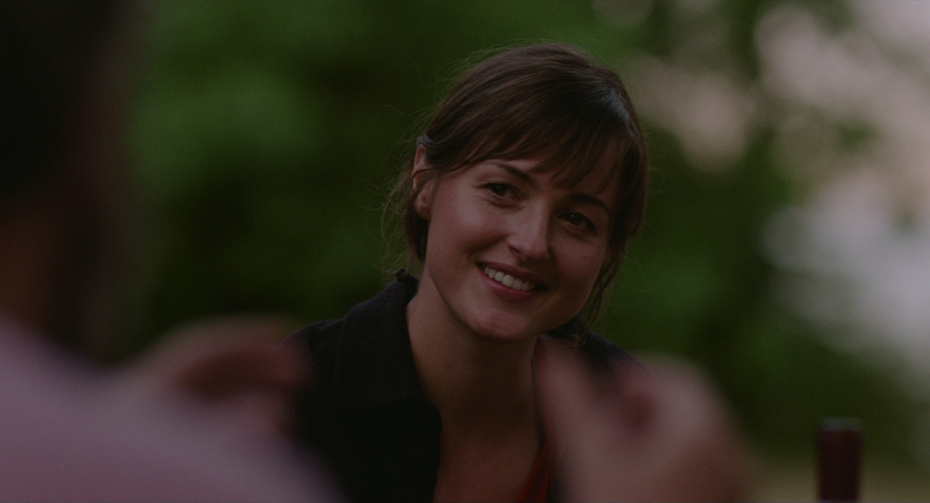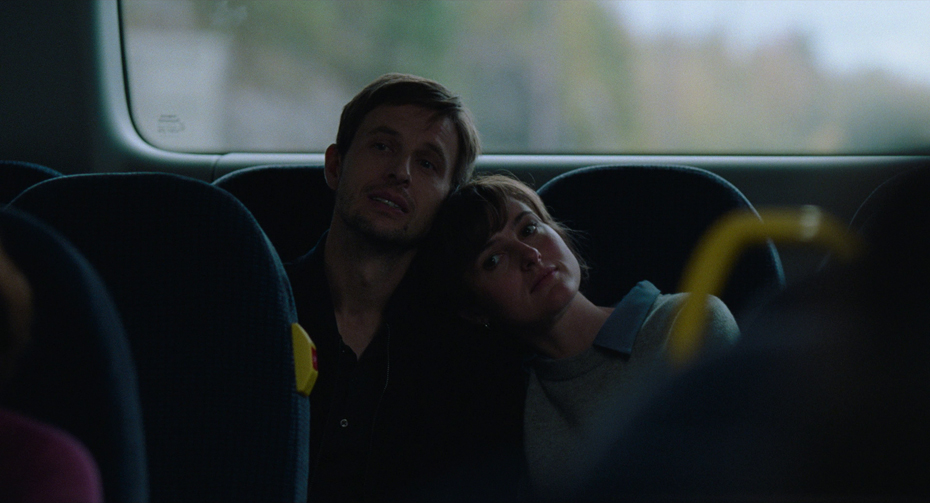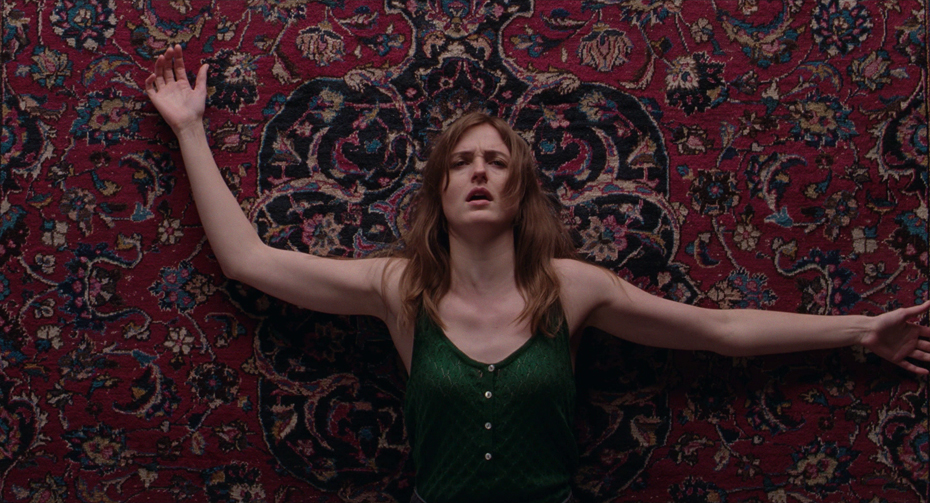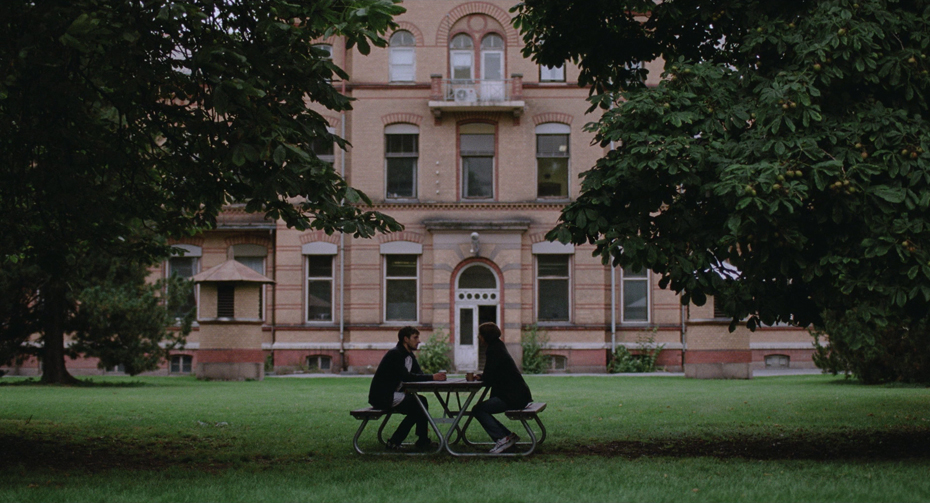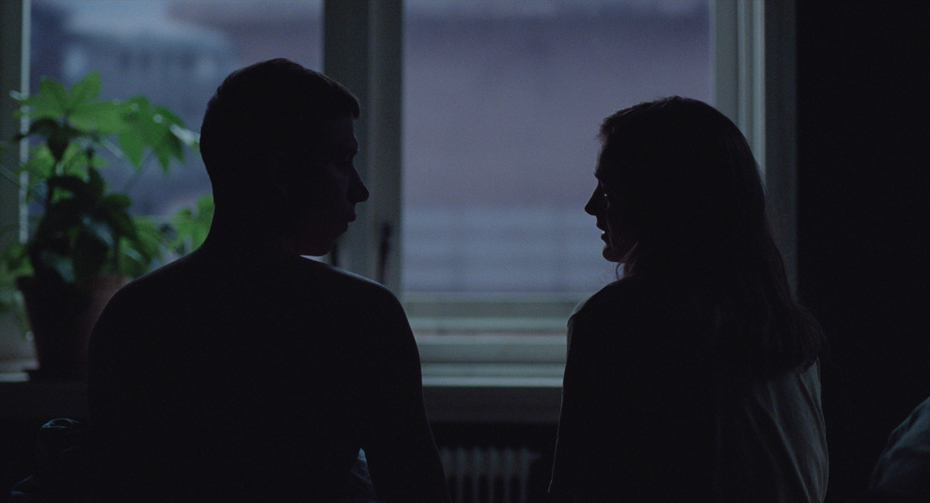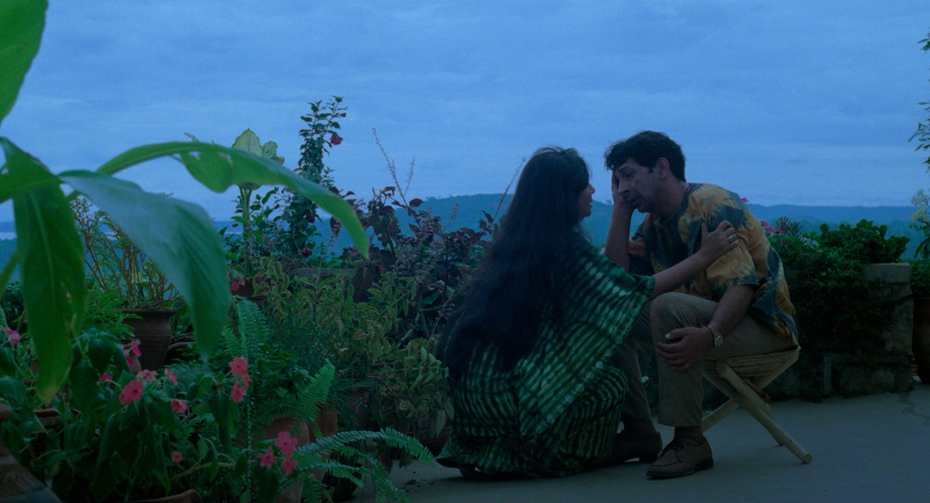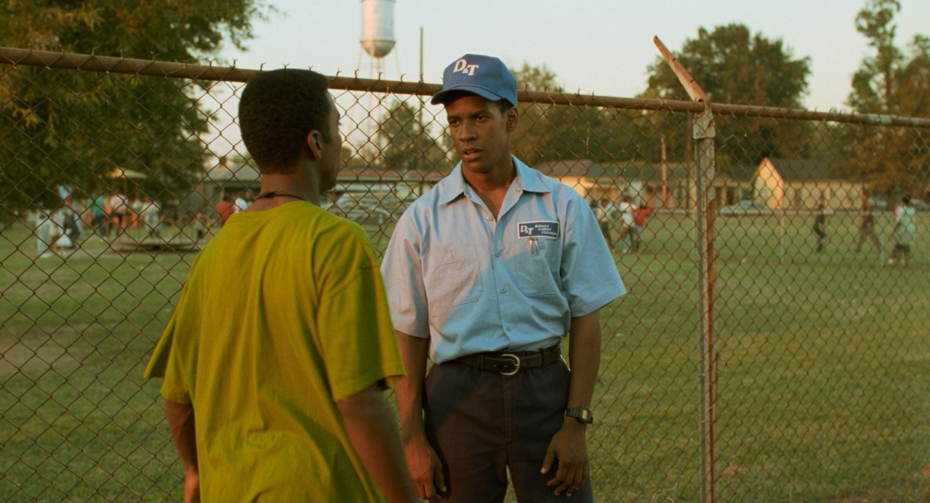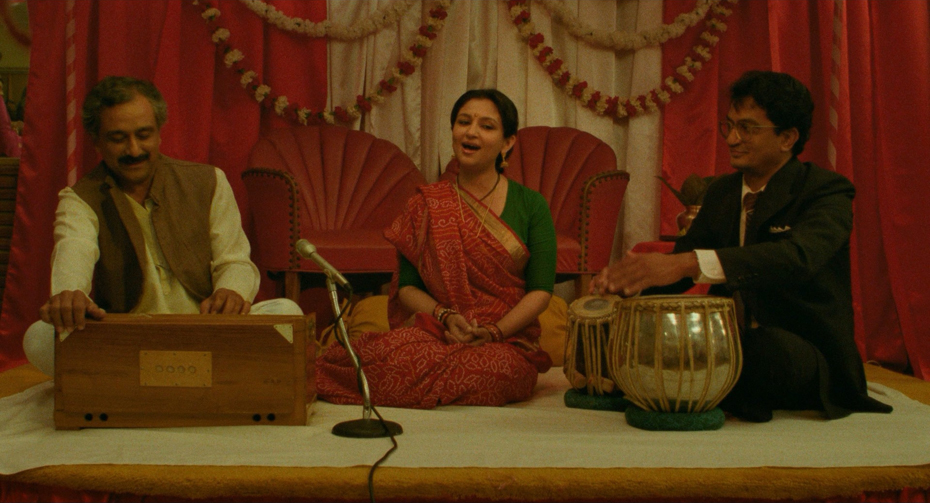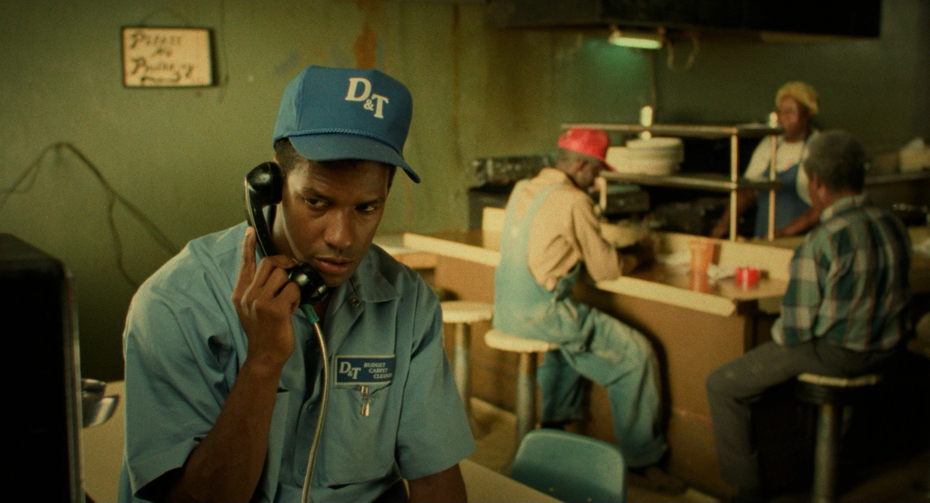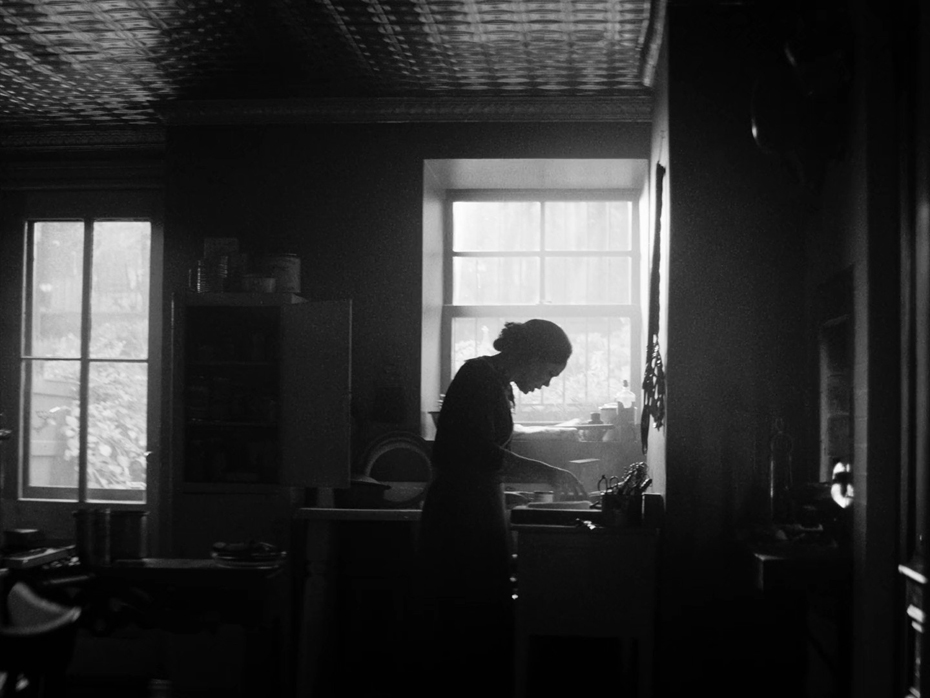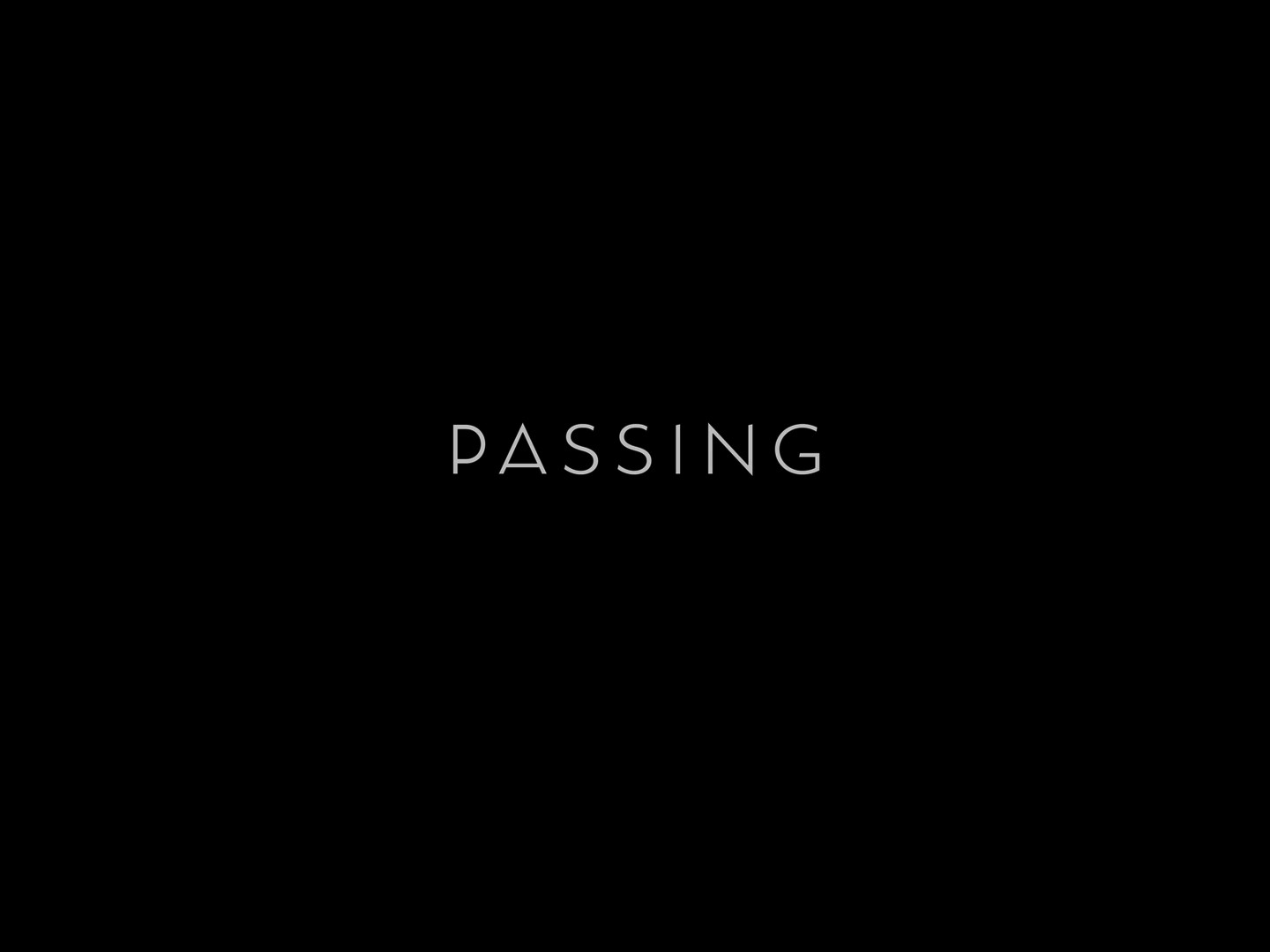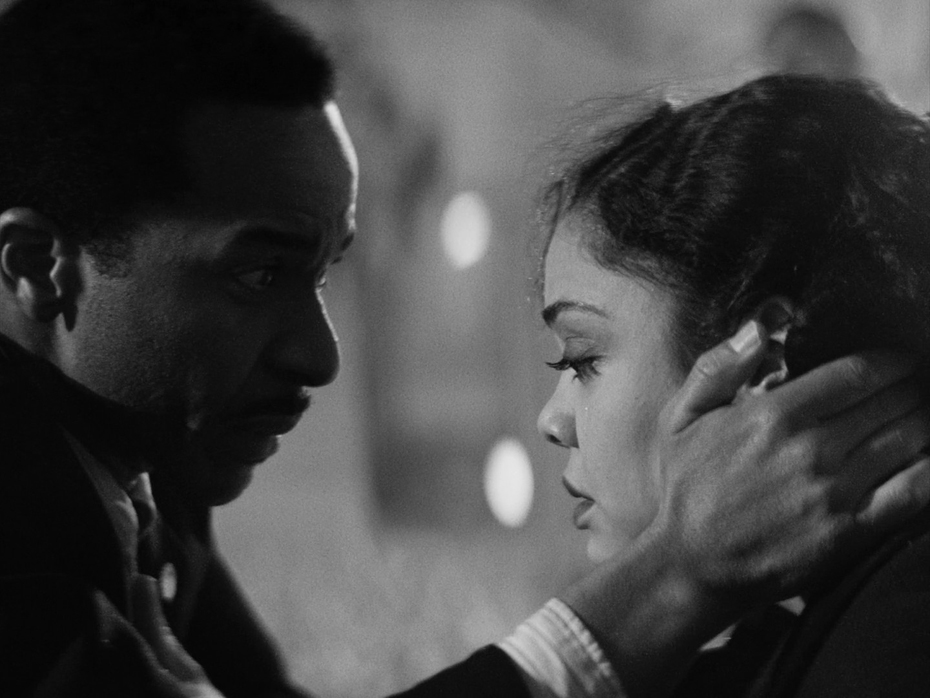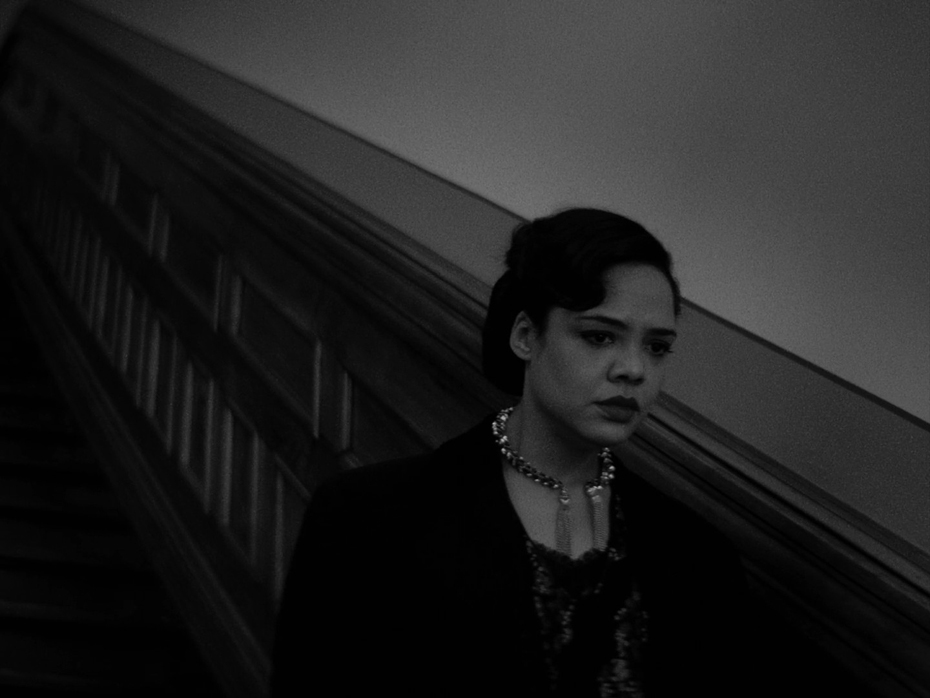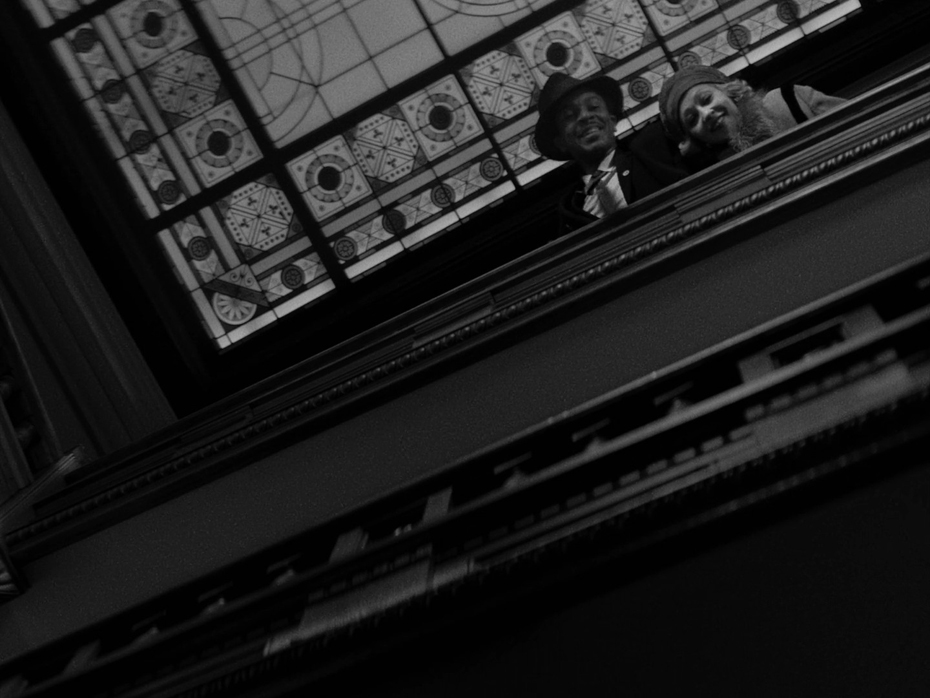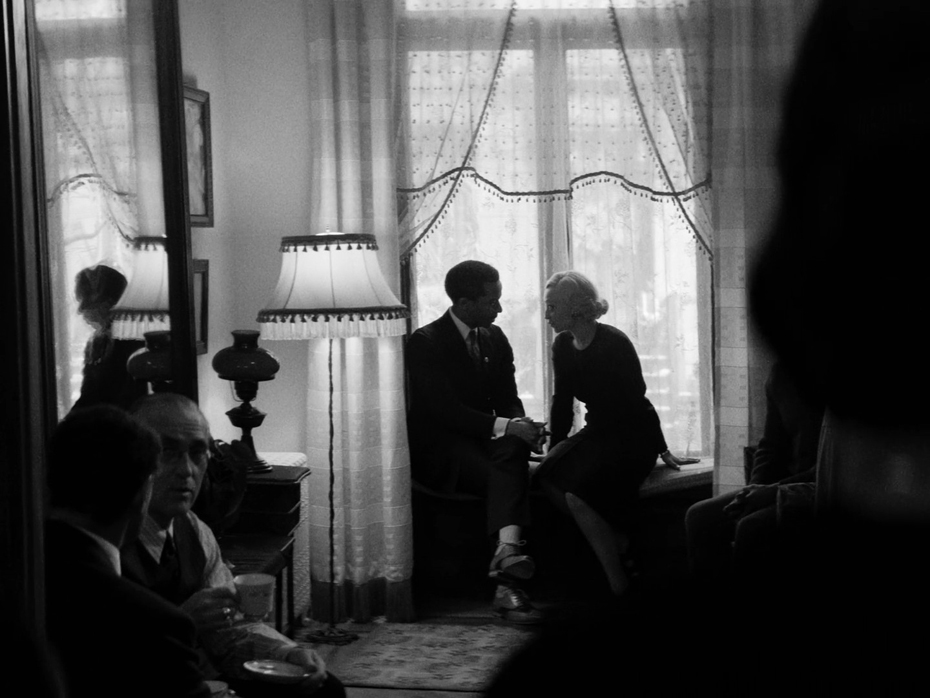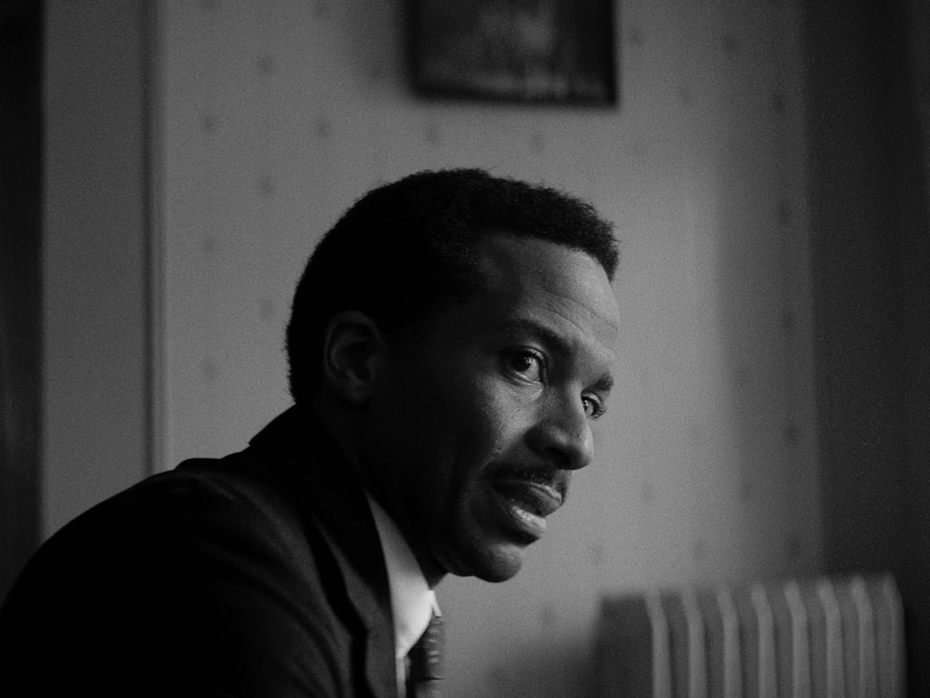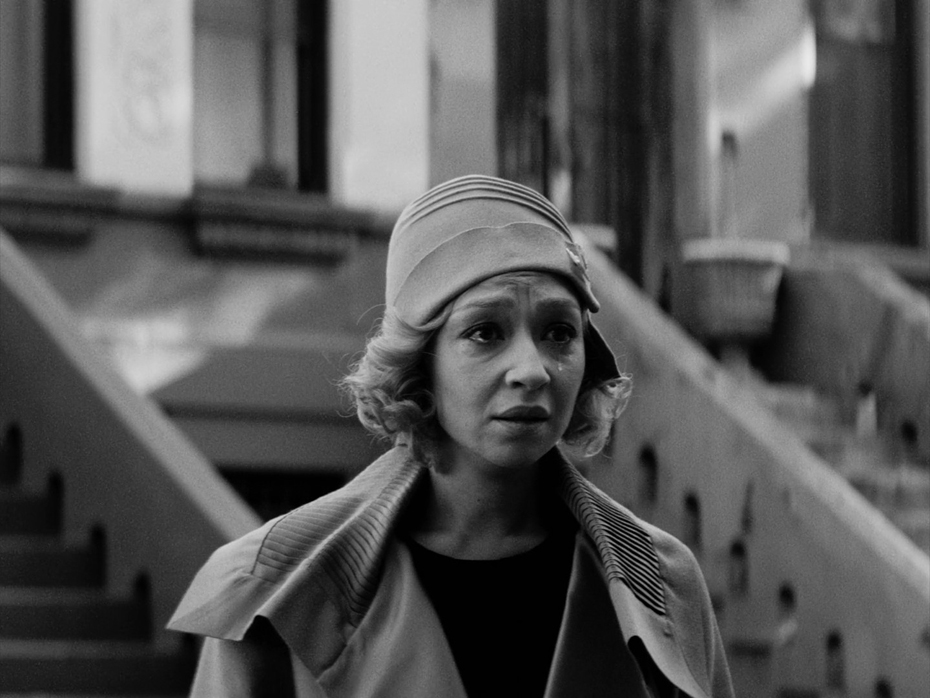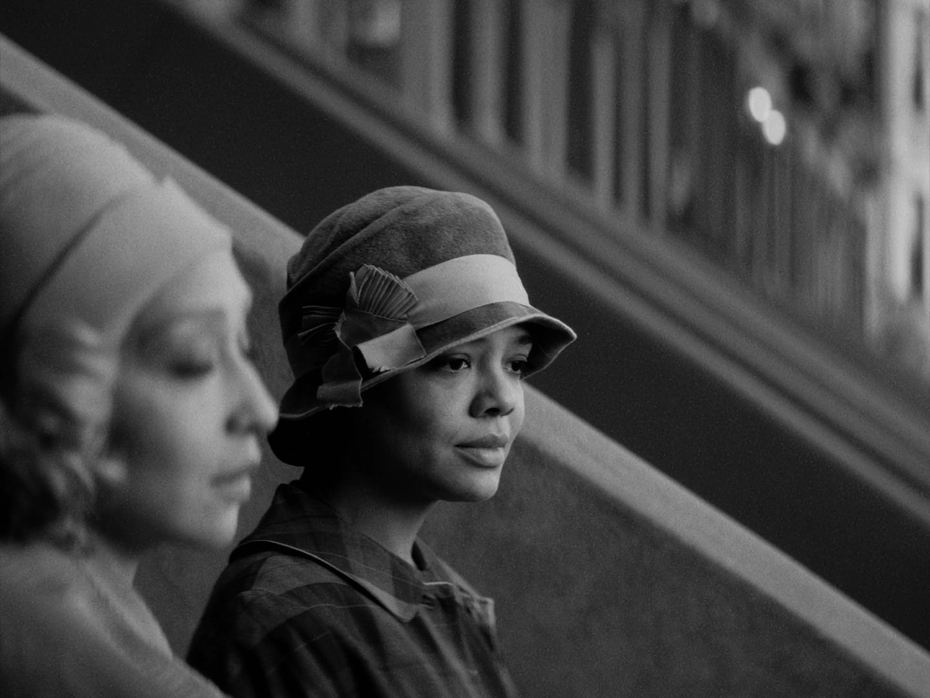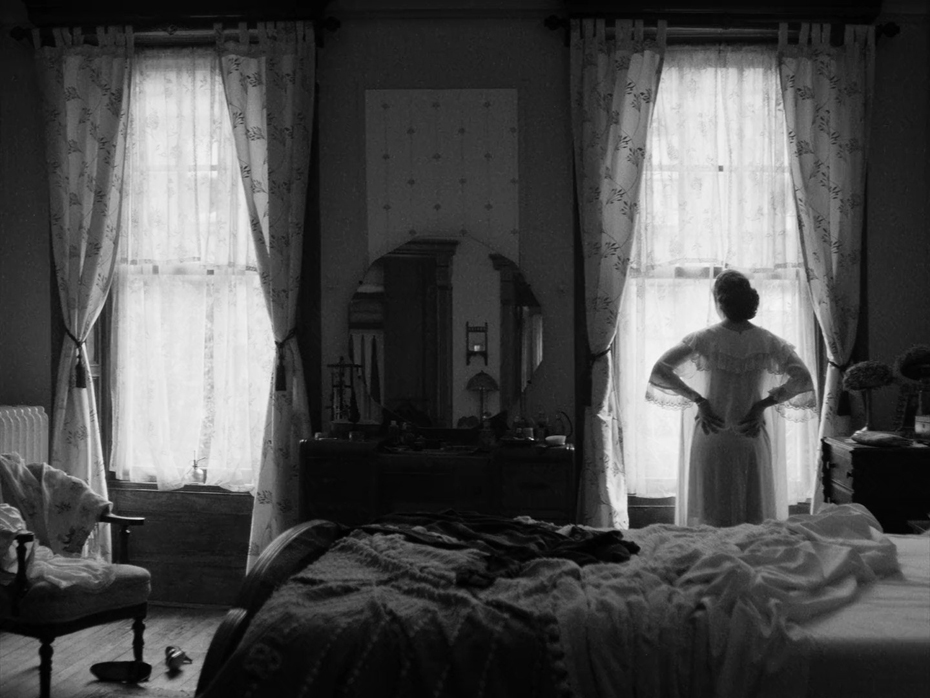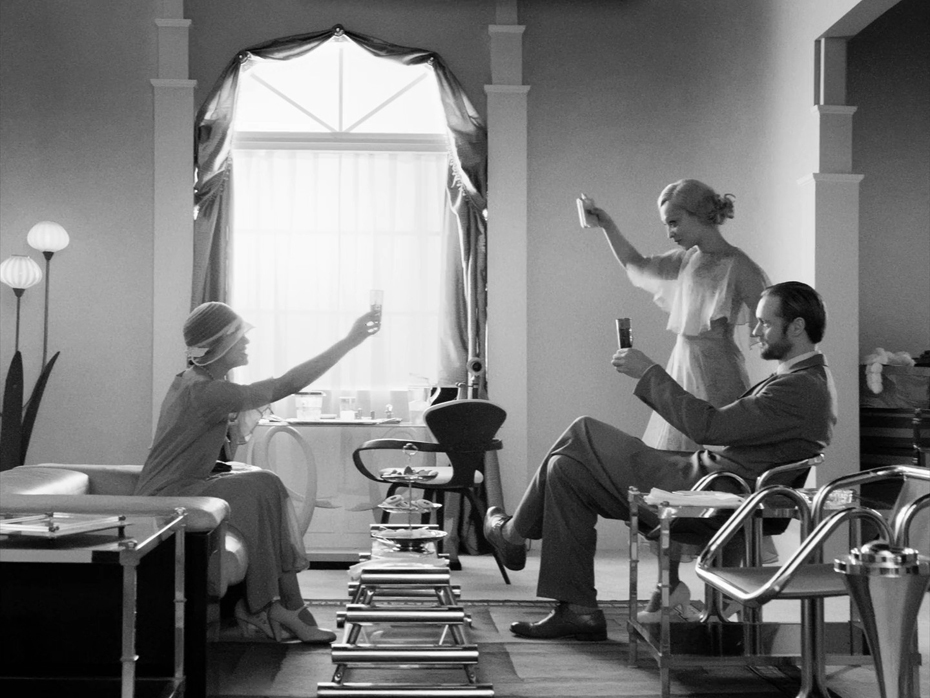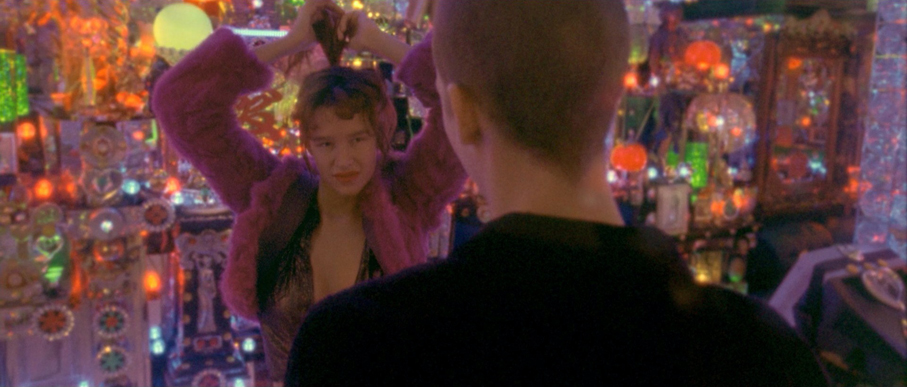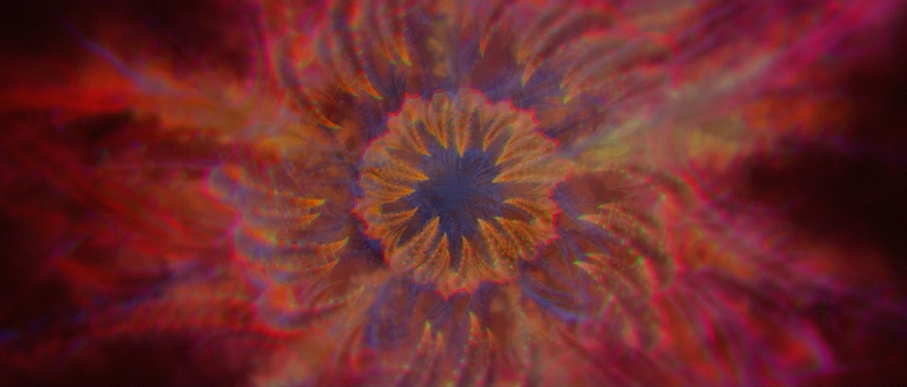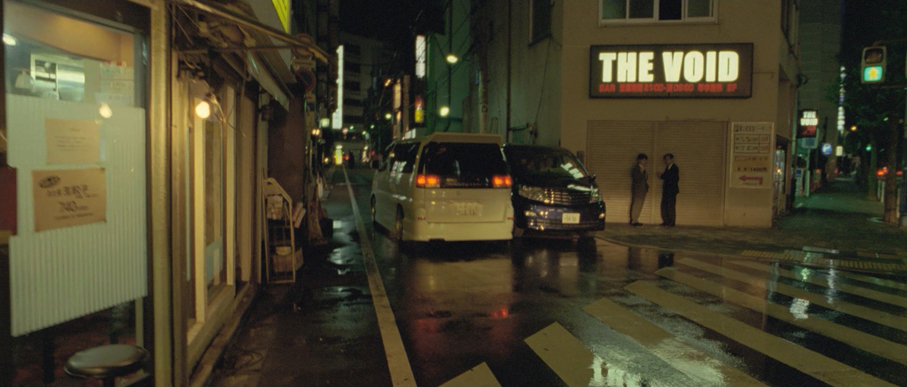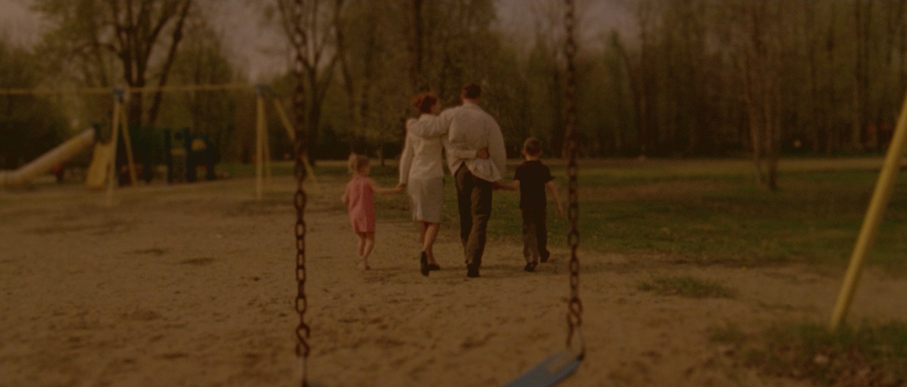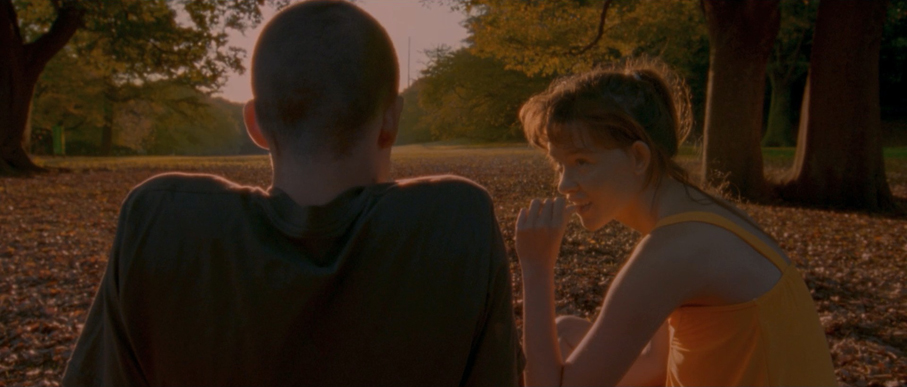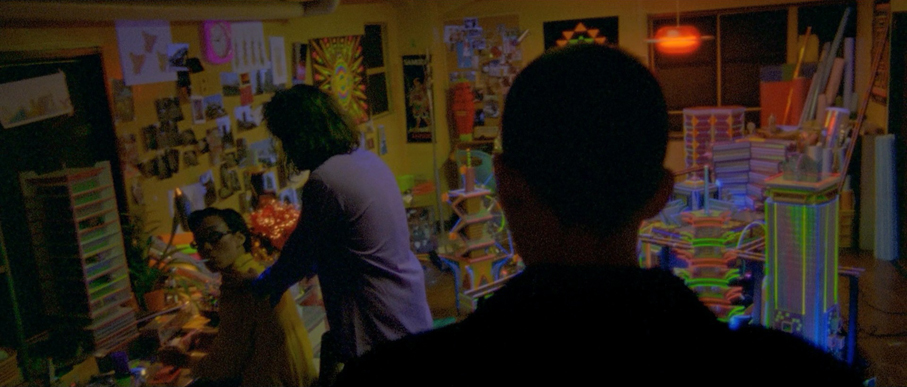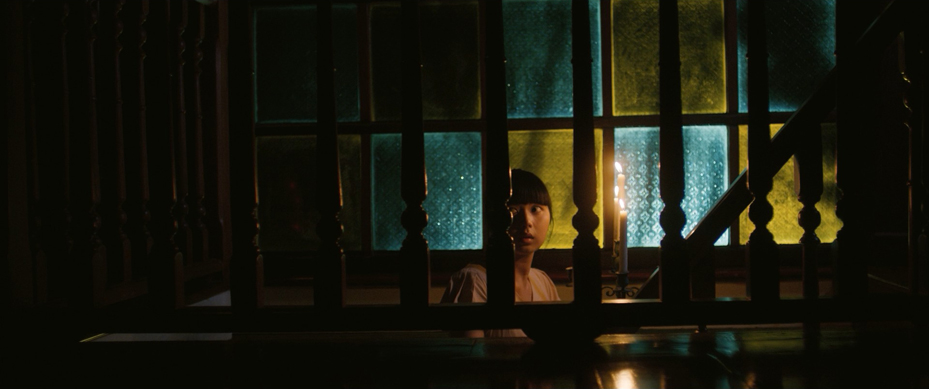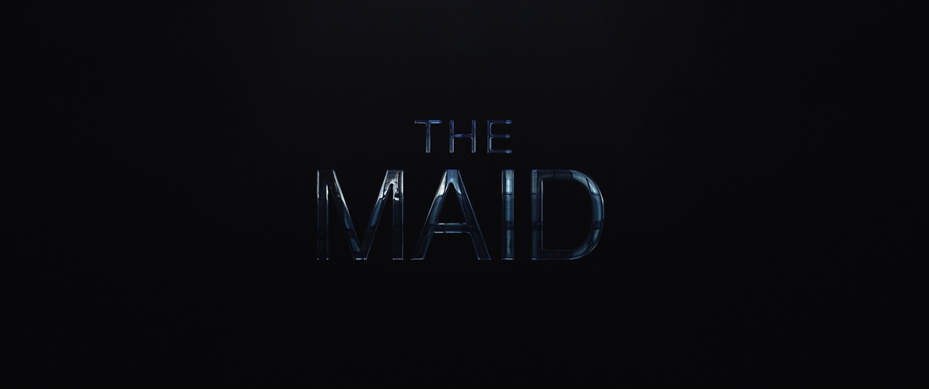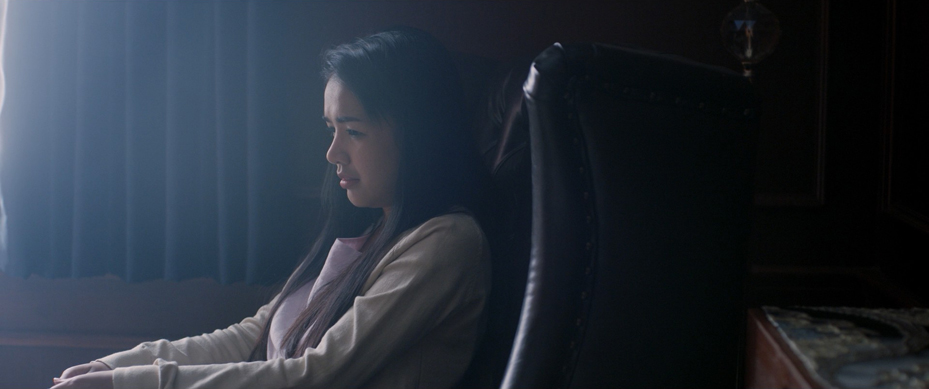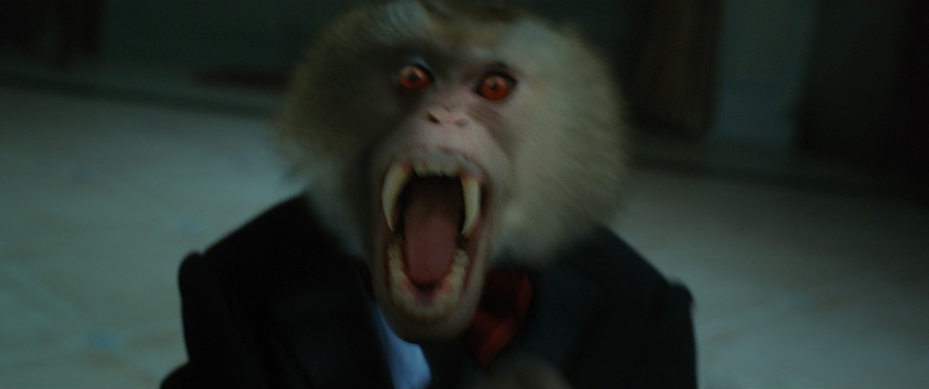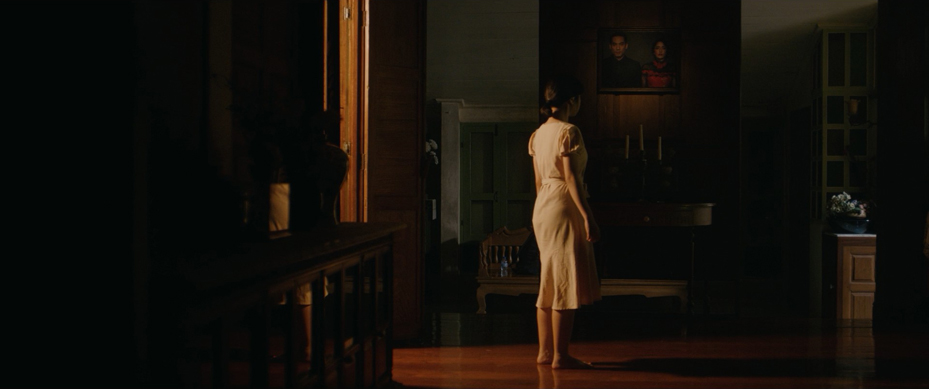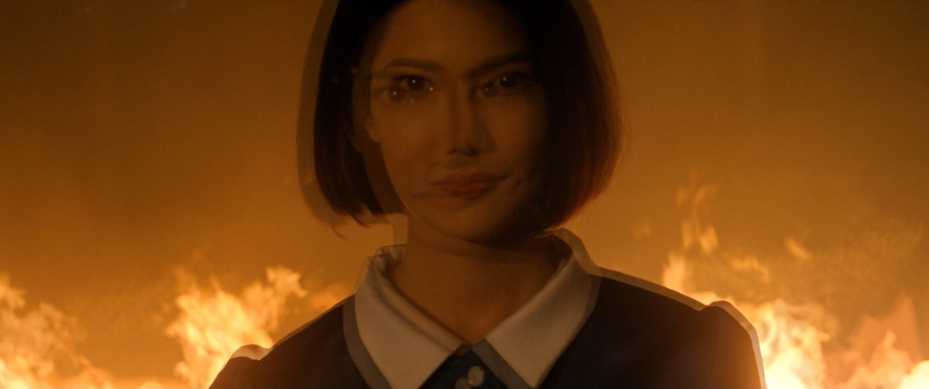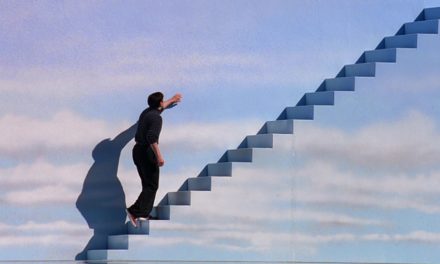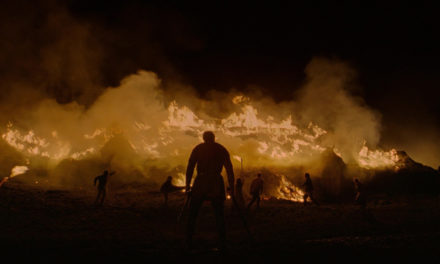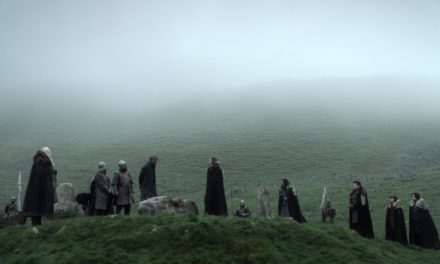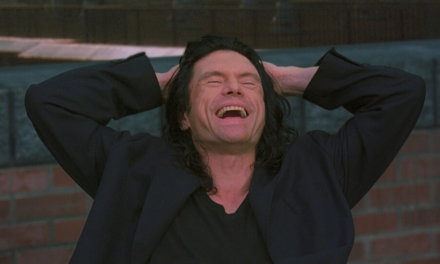THE TUESDAY DROP: 2900+ New Shots
07.26.22 Get your Decks ready ShotDeck Team! We’re adding a lot of content this week, including shots from the first season of Succession along with The Worst Person in the World, Enter the Void, and Mississippi Masala.
SUCCESSION: SEASON 1 (2018)
SUCCESSION is a satirical comedy-drama television series created by Jesse Armstrong, centering on the Roy family, the dysfunctional owners of global media and entertainment conglomerate Waystar RoyCo, who are all fighting for control of the company amid uncertainty about the health of the family’s patriarch, Logan Roy. The series airs on the HBO network, and stars Jeremy Strong, Brian Cox, Sarah Snook, Kieran Culkin, Matthew Macfayden, Nicholas Braun, Alan Ruck and Hiam Abbass. Season 1 of Succession aired in 2018, and was nominated for 5 Primetime Emmy Awards, winning in the Outstanding Writing for a Drama Series and Outstanding Original Main Title Theme Music categories. Succession had its season 1 cinematography helmed by Patrick Capone, Andrij Parekh and Christopher Norr. From the outset, executive producer Adam McKay (who directed episode 1) and Armstrong insisted that Succession be shot on 35mm film, hoping to give the show a dirtier, more textured feeling that would differentiate the look of the show from the clean-cut digital appearance of other television series, and that would help place the audience in a voyeuristic position as they witnessed the infighting of the wealthy and privileged Roy family.
Parekh, Capone and Norr built a photographic look inspired by McKay’s film The Big Short (DP Barry Ackroyd), extending it to use Kodak Vision3 500T stock for its versatility, and pushing the look to use longer lenses that would give the show a certain elegance. Parekh rated the film at 800 ASA to build in a ⅔ stop of under-exposure that would give the blacks some milkiness and help the film arrive at a grain structure and texture he was happy with (this look was largely carried forward by Capone and Norr). All three cinematographers set up the shooting style in such a way that multiple cameras were covering every scene, with a very strict “no lighting units on set” policy that kept the space as free as possible and allowed the actors to perform without regard for the camera position, given that it was totally unpredictable which shot would be used per take (none of the filmmakers put much value on continuity and screen direction as a principle to adhere to). In addition to its aesthetic qualities, Parekh and Capone both felt that film allowed the crew to work faster, especially during night scenes, where they could be deliberate about which units and lights they wanted to add, as opposed to the challenge that digital cinematography often faces during night scenes of having to bring down lights.
THE WORST PERSON IN THE WORLD is a 2021 romantic comedy-drama co-written and directed by Joachim Trier. The film stars Renate Reinsve as Julie, a young woman battling her indecisiveness as she navigates the challenges of her career and her love life. The film also stars Anders Danielsen Lie and Herbert Nordrum. The Worst Person in the World is the third in Trier’s “Oslo Trilogy”, following Reprise and Oslo, August 31st. The Worst Person in the World premiered at the Cannes Film Festival, where Reinsve was awarded the Best Actress Award, and the film was nominated for Academy Awards in the Best International Feature and Best Original Screenplay categories. Trier worked on The Worst Person in the World with Danish cinematographer Kasper Tuxen, who had previously shot films with Gus Van Sant such as Beginners (directed by Mike Mills).
Trier and Tuxen decided early on to shoot the film on 35mm, and Tuxen opted to shoot the film on the Arricam LT with Cooke 5/i lenses, as well as an Arri 435 camera for the high-speed 150 fps shots in the film. Tuxen shot the majority of the film on the 40mm lens, to the point where wider shots would mean that he stepped further back with the camera, rather than changing lenses to get a wider field of view. Both Tuxen and Trier were fans of natural light, and wanted to use as few artificial sources as possible (shooting during the summer in Oslo allowed this to be more possible, given the long daylight hours). For interior scenes with long takes, Tuxen would supplement daylight with bounced Arri LED Skypanels, Daylight HMI Fresnels and LiteGear LiteTiles, as well as some Astera tubes, in order to ensure continuity. The Worst Person in the World also features a memorable fantasy sequence in which Julie is running through the city as it is frozen in time. This effect was achieved entirely practically, shot over the course of several days where sections of the city were shut down, and extras stood still on camera as filming occurred.
MISSISSIPPI MASALA (1991)
MISSISSIPPI MASALA is a 1991 romantic drama directed by Mira Nair, based on a screenplay by Sooni Taraporevala. The film stars Denzel Washington, Sarita Choudhury and Roshan Seth. Set mainly in rural Mississippi, the film follows a defiant relationship between Mina (Choudhury) and Demetrius (Washington), an Indian-Ugandan motel cleaner and daughter from a family expelled during Idi Amin’s rule, and a Black self-employed carpet cleaner. Nair worked on Mississippi Masala with American cinematographer Ed Lachman. marking the pair’s first collaboration.
Nair wanted to bridge the worlds between the documentary realism aesthetic she grew up artistically in and the narrative of the script of Mississippi Masala, and Lachman’s experience with both forms of filmmaking drew her to him to shoot the film. Lachman was drawn to the idea of capturing two communities that were both displaced from their ancestral homelands, and the richness and complexity of that experience as it played out over the course of the film for the Black people and the Brown people. To help capture this, Lachman used distinct Fuji film stocks in Uganda versus Mississippi, inspired by the book New Color Photography and the photographs of Mitch Epstein, who also served as the production designer on Mississippi Masala. Lachman was particularly drawn to Uganda’s lushness and greenness, which drew him to the Fuji film stock. Additionally, Lachman used older and more soft and shapely Cooke Panchro lenses in Uganda, and the much harder and sharper Zeiss lenses in Mississippi. The mixture and distinction of the skin tones in the film, and the way they were affected by the quality of light in Uganda as opposed to Mississippi, was crucial for Lachman’s lighting strategy, and he used much more diffusion to capture the softness of Uganda’s light versus the harshness of the Mississippi sun.
PASSING (2021)
Rebecca Hall’s feature directorial debut, PASSING, is a 2021 romantic drama based on the 1929 novel of the same name by Nella Larsen. The title refers to African-Americans with skin light enough to allow them to “pass” as white. Passing stars Tessa Thomspon, Ruth Negga, André Holland, Bill Camp, and Alexander Skarsgård, and follows the unexpected reunion of two high school friends (Thompson and Negga), which prompts a mutual obsession that threatens each of their carefully constructed lives. Passing premiered at the 2021 Sundance Film Festival. Hall worked on the film with Spanish cinematographer Eduard Grau, whom she had previously worked with before twice as an actor – on The Awakening (dir. Nick Murphy), and The Gift (dir. Joel Edgerton).
By the time Grau met with Hall to discuss the film, Hall had already gotten the film greenlit with the stylistic decisions made to shoot the film in black-and-white and frame it in a 1.33:1 aspect ratio. Hall felt that this was the only way to present a story about colorism, and that shooting in black-and-white would allow the complexity of the story to shine through. Grau shot with the Arri Alexa Mini in black and white on set, and paired the camera with Lomo anamorphic lenses. This choice forced Grau to only use the 4:3 center of the image, but also gave the film a painterly quality, with bokehs, highlights and soft edges that pushed the image into a more dream-like, hazy state. Hall used the constraints of this stylistic choice to help create separate visual languages for each character – Irene (Thompson) was framed in more symmetrical, carely composed shots, while Clare (Negga), who is a more free and poetic character, was framed with more unpredictability.
ENTER THE VOID (2009)
Gaspar Noé’s 2009 experimental psychological fantasy drama ENTER THE VOID follows Oscar (Nathaniel Brown), an American drug dealer living in Tokyo who is betrayed by his best friend and killed in a drug deal. His soul, observing the repercussions of his death, seeks resurrection. The film also stars Paz de la Huerta and Cyril Roy. Enter the Void premiered at the 2009 Cannes Film Festival as a rough cut, and was more widely released in 2010. Noé worked on the film with Belgian cinematographer Benoît Debie, who he had previously collaborated with on Irréversible.
Filming for Enter the Void took place in Tokyo from October to December of 2007, with flashback scenes shot the next year in Montreal. Noé wanted the film to be shot on location as much as possible, and with as little artificial lighting as possible. As a result, only the most complicated crane shots were filmed in Tokyo’s Toho studios, and the team filmed large portions of the film outside at night in the Kabukichō and Shinjuku regions of Tokyo. Debie shot Enter the Void using Arricam LT 35mm cameras mostly on Kodak Vision3 250D film stock, and leveraged Tokyo’s neon and LED street lights as his sources which were then shaped for individual scenes. During interior scenes, Debie largely lit with practical sources, only stepping outside of his and Noé’s rule of using only available light by using programmable disco lights and strobe lights to shine particular hues of orange, purple and green into scenes where the colors were designed to imply a certain state of mind for each character.
THE MAID (2020)
Lee Thongkam’s 2020 horror slasher film THE MAID follows Joy, the new maid of a royal house, whose previous maid disappeared in mysterious circumstances and is now haunting and terrorizing the family, as Joy works to uncover the reason for her disappearance. The film stars Savika Chaiyadej, Teerapat Sajakul and Ploy Sornarin. Thongkam worked on the film with American cinematographer Brandt Hackney. The pair had previously collaborated on Box and The Last One.
Thongkam and Brandt worked closely with the production design and costuming departments to create a clear visual language which would allow the audience to track Joy and the other key characters through the story. The blue maid’s uniform was used in contrast to the red of the costumes worn by Uma in her lavish home, and the size and grandeur of the house was contrasted against the lighting design that Brandt implemented, particularly as the horror elements of the film kicked into high gear.




